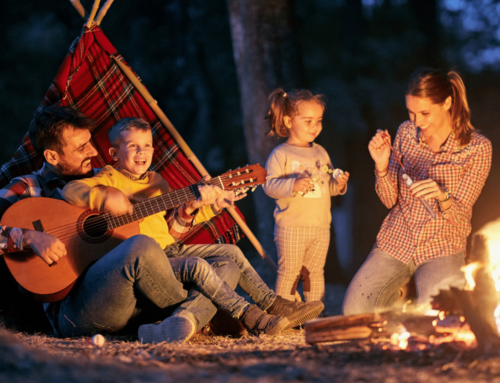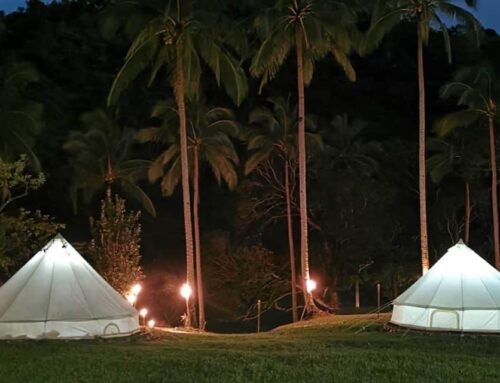When you’re picking hiking footwear, these are the factors that are important:
- They should protect your feet. That means no cuts or damage to your feet from the elements.
- They should be comfortable. You should be able to use them without getting blisters.
- They should be lightweight. You will step thousands of times when you hike. Every ounce saved on lifting your feet is more energy to hike farther.
ANKLE SUPPORT
On paper, a high-cuff hiking boot biomechanically supports the ankle. But when it comes to hiking with packs of up to about 40lbs has been that it doesn’t matter. And research has shown that not only does it not matter, but it can even make your chance of rolling an ankle worse. If you’re carrying so much weight that your ankles are buckling, then you’ve got too much weight on your back. If you roll your ankles a lot, do some ankle strengthening exercises.
WATER-RESISTANT SHOES
Waterproofing is another concept that looks good on paper but in practical terms doesn’t do as well. And that goes for “breathable” waterproofing like Gore-Tex too. Depending on where you are hiking and what you are doing you might only really need it when hiking in the winter.
Instead of keeping water out, let it in. Shoes with very breathable uppers mean that your feet get wet easily, and they also dry quickly. In practical terms, out on the trail, this means that your feet are dryer and are less susceptible to blisters. If you look at any PCT or AT hiker, they almost all use breathable shoes today. So when you choose your hiking footwear, go with breathable uppers and not the waterproof version.
GOOD SOCKS
Get a wool sock that is tough and dries quickly. When conditions are sloppy wet you’ll want to use waterproof socks, and they work great. Socks come in different weights that equate to warmth. When it’s hot, go thinner. Also, note that heavier socks can fit tighter in a shoe and cause blisters from too much friction. If you buy hiking footwear for the winter (more later), go a half-size up to allow for thicker socks.
Other Important Points
- If you don’t have any special hiking footwear, go with your most comfortable sneakers.
- Some people swear by hiking sandals in hot weather. Like Chacos and they’re great, but you could also switch to a breathable trail runner eliminated the need for sandals.
- If you get a leather hiking boot, you will need to break it in. There are some great traditional (and heavy) leather boots out there.
- Hiking boots can help to protect against rattlesnake bites.
- Gaiters can keep out dirt and grit. For me it’s easier to just dump out my shoes occasionally than have another piece of gear to deal with.
- If you wear shoes with a breathable upper, your feet will usually get a decent amount of dirt on them.
- If you’re hiking in snowy and icy conditions, bring a pair of micro-spikes.
Spend Time At Acorn Acres!
Looking for a fabulous weekend of family fun or couples get away? Look no further then Acorn Acres located in Bozrah CT, Connecticut’s best campground. Call us today or book your trip online at acornacrescampsite.com





